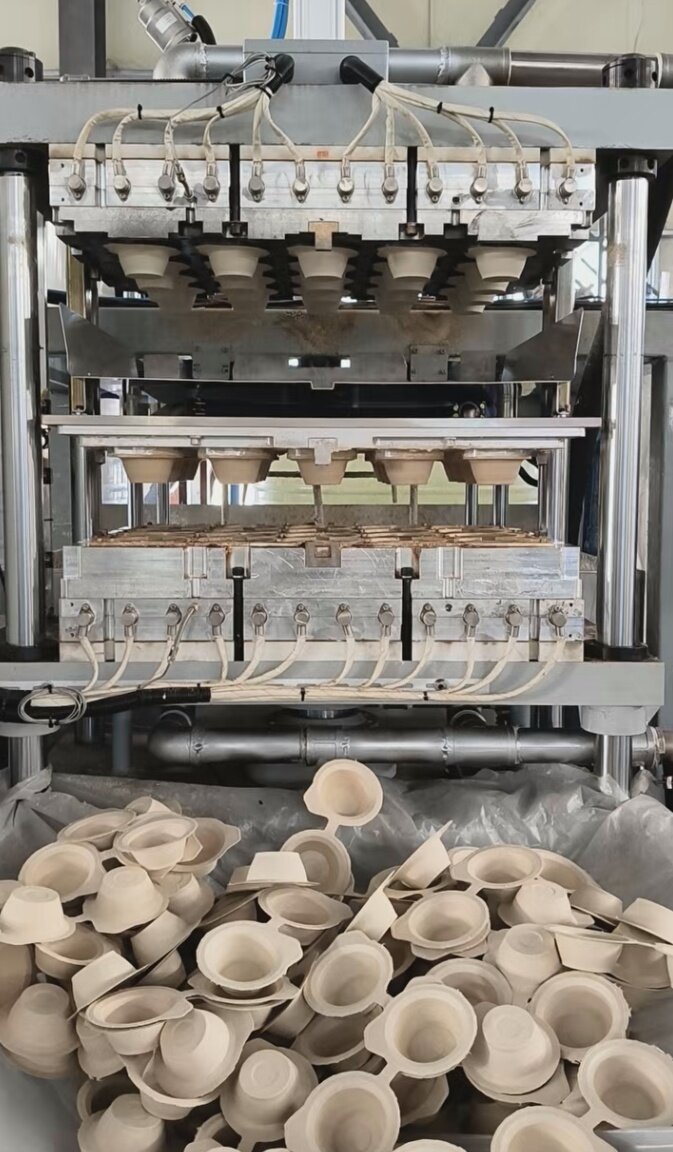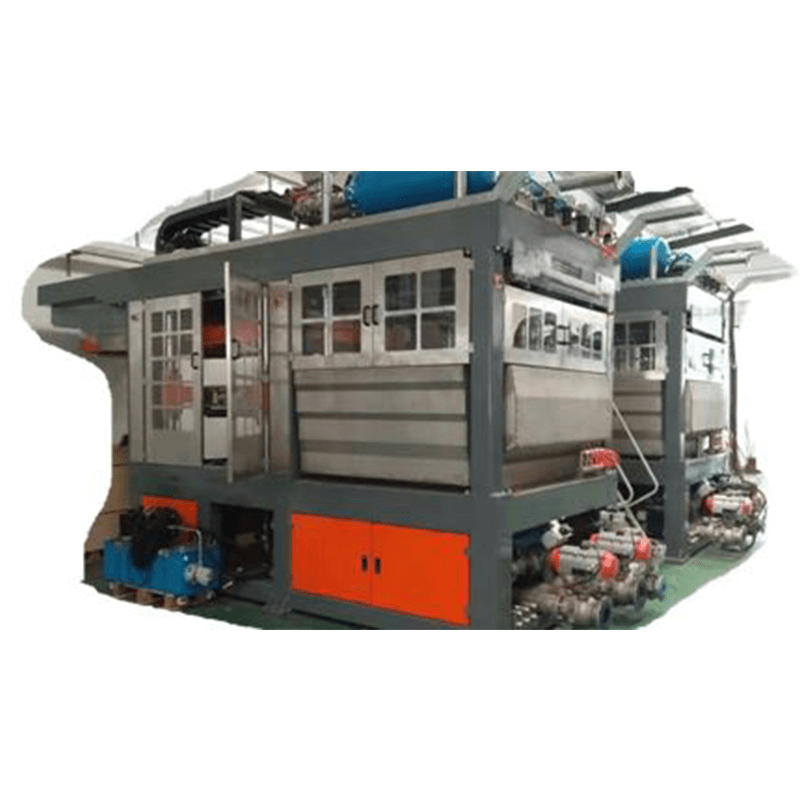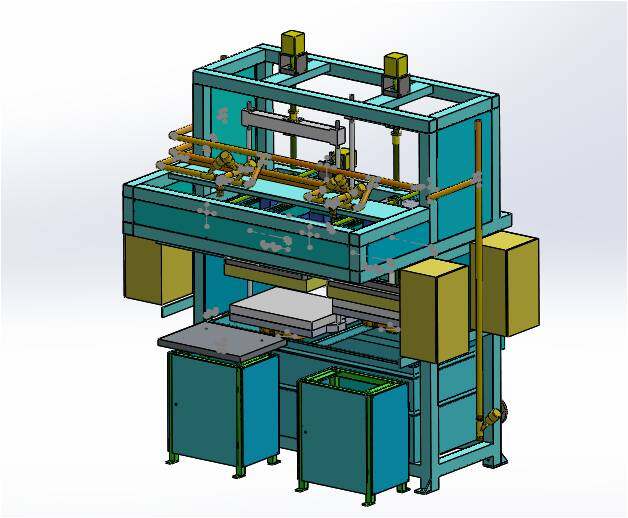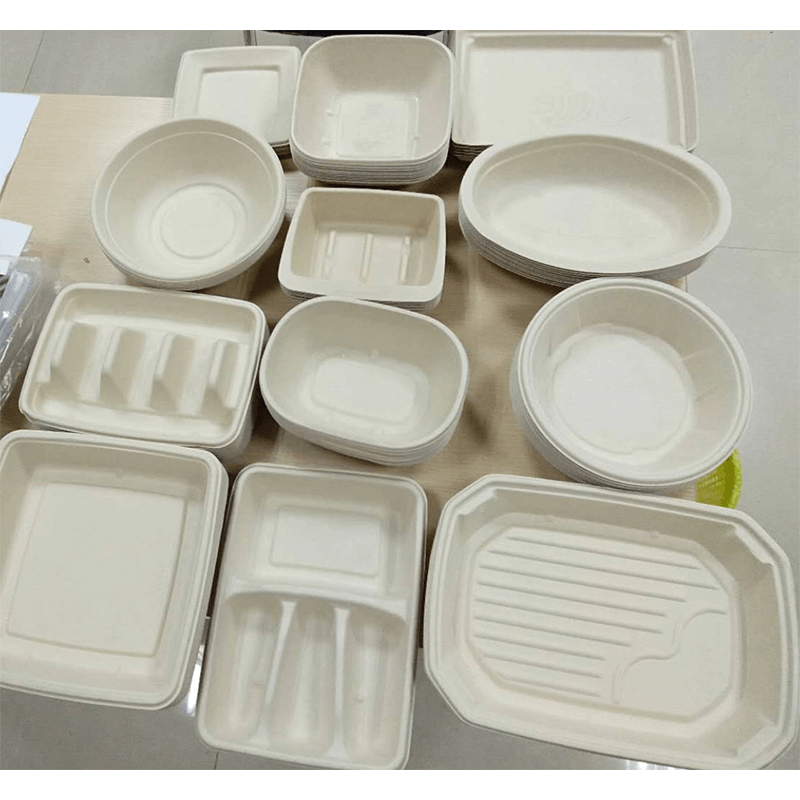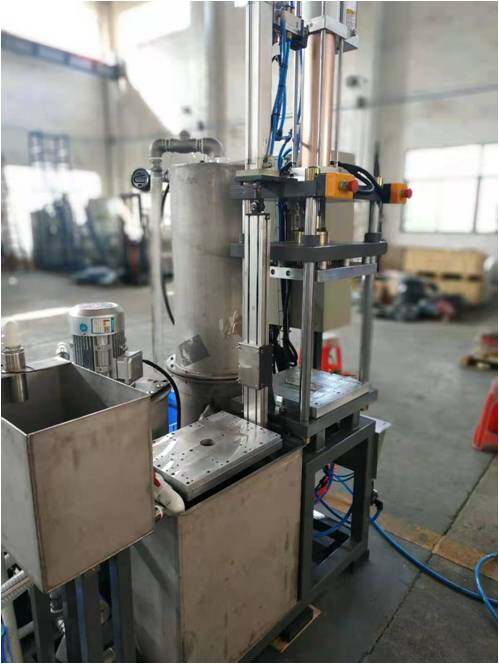The consumer electronics packaging market is expected to grow from USD 20.5 Billion in 2025 to about USD 31.8 Billion by 2035, advancing at a 4.5% CAGR during the forecast period. This growth is driven by three primary factors: the explosive growth of e-commerce, which results in increased handling of devices, stricter performance standards for protecting high-value electronics, and tightening environmental regulations aimed at reducing e-waste and single-use plastics.
The consumer electronics packaging market is expanding rapidly as the demand for smartphones, laptops, tablets, wearables, and home appliances continues to surge worldwide. Packaging in this sector goes beyond protection, serving as a critical element in brand identity, unboxing experience, and sustainability efforts. Manufacturers are increasingly adopting advanced packaging solutions that safeguard fragile electronics during transit, meet environmental standards, and enhance visual appeal. With the rise of e-commerce and the growing emphasis on eco-friendly practices, consumer electronics packaging is becoming an essential component of global supply chains.
Key Market Drivers
The increasing sales of consumer electronics driven by digital lifestyles and connected devices is the primary driver of this market. The e-commerce boom has intensified the need for protective, lightweight, and durable packaging that ensures products arrive intact while reducing shipping costs. Growing environmental concerns and government regulations are pushing manufacturers to adopt recyclable, biodegradable, and reusable packaging materials. Additionally, the demand for premium unboxing experiences and brand differentiation is fueling innovation in design, materials, and functionality within the packaging industry.
Emerging Trends
Several key trends are reshaping the consumer electronics packaging market. Sustainable packaging solutions made from recycled paper, molded pulp, and biodegradable plastics are gaining traction. Smart packaging technologies, including QR codes and NFC-enabled labels, are being integrated to improve product authentication and customer engagement. Custom-fit packaging solutions designed with advanced cushioning and shock-absorption systems are helping reduce product damage during transportation. Furthermore, the adoption of minimalist, lightweight, and space-efficient packaging is growing to align with both cost-efficiency and sustainability goals.
www.imfa.org







